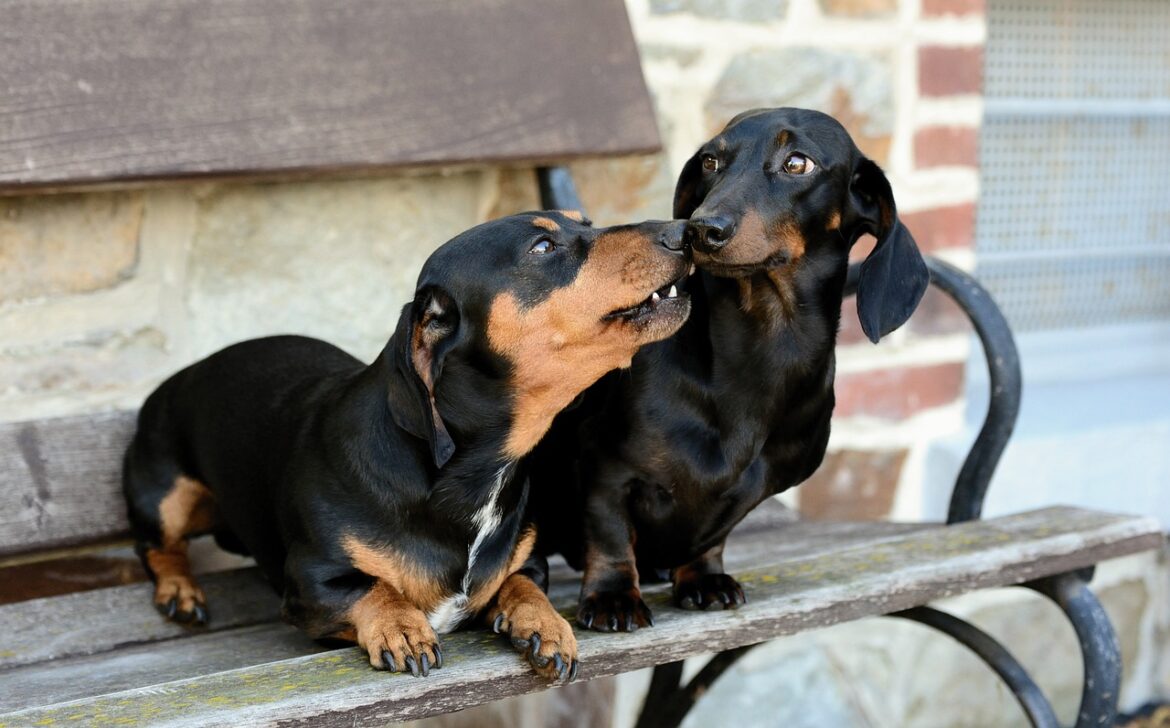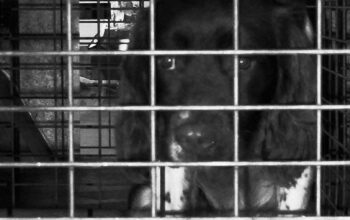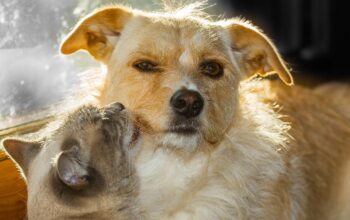No one can learn a dog how to be a dog like another well-rounded dog.
Socialization is a relatively general term with more importance than you may think. The term socialization, in terms of the raising of a puppy, is all over the animal community yet I find that many new puppy owners do not understand the whole worms quite well. The social process needs to be uninterrupted and it can sometimes be inconvenient but can also be a huge amount of fun. A large number of dogs end up in shelters each year because of behavioral problems. Many of those cases could have been prevented early if they had been properly socialized and trained.
If you choose a dog from a breeder or a shelter, it is your responsibility to socialize the puppy. In some cases, the breeder may begin the socialization process and I would consider this a wonderful gift, but don’t depend on the breeder to do it all. Yes, properly socialising a puppy is time-consuming and there is no way around that. Because socialization is so important, don’t buy a puppy if you do not have time to socialize. There are many other options available for finding that perfect companion.
In its entirety, socialization must include everything and everything that will come into contact with the puppy until, really, for the life of the dog. Things to include would be dogs/puppies, children, places, objects and various environments. Socialization is an ongoing, life-long process that needs to begin immediately, not at 7 months or 4 years old. The rule of 7’s will give you a guide to follow, 7 new places, 7 new people, 7 new dogs (the right dogs) every week in as many unfamiliar places as humans could do. Below is a very basic and general outline of the whole social process.
Socialization of dogs from dog to dog
No one can learn a dog how to be a dog like another well-rounded dog and it’s amazing to watch if you know what you are looking at. They need to learn how to properly greet each other and have off-leash interaction. It would not be enough for a dog to meet a human only on a leash for a quick sniff. There is really a huge amount for a young dog to learn.
The socialization of your puppy should encompass more than just the other dogs in the immediate household and should include other social dogs of all ages and breeds. Learning how to play is important and a very healthy aspect in dog-dog relationship relations. Dogs have also the right to rectify for inappropriate behaviour one another if they are justified. If your puppy has only pleasant experiences with social dogs, chances are that he or she will mature into a confident social dog.
For most dog owners the puppy to dog socialization is the hardest part of the social process to accomplish. In the early stages of development, it is recommended to send your puppy socialization/training class in a safe environment.
The companion to human socialization
Who would feel a naysayer at a chance to interact with a cute puppy? People are more than happy to lend a helping hand! You pick them up, pass them around, allow your friends to take turns pulling the leash and your new puppy. Be sure some of your meet-ups occur in your home and remember to take care of other environments as well. If your dog is shy, give them a minute to become used to your guest. There is nothing wrong with that. How many people has your dog encountered to date, at least 10 people per week? You could also take that in a weekend with a visit to the local shopping center.
If you have children and want your puppy to grow up and be around children, make sure they meet and greet and the children are appropriately supervised at the interaction. Therefore, we emphasize instructing children how to behave appropriately with a puppy! Now there is far too much unfair tolerance of a dog/puppet and if not properly monitored, the puppy may be the one who later has to pay the price. There should be NO ear-/tail pulling, NO hitting/smacking, NO choking. All children must learn how to interact with the puppy and be gentle.
Take them out, let them be seen, ask random strangers to come to say hello and perhaps hand out a treat to make them feel alive. Whatever we go to, I have never been rejected on this one. A common misconception amongst puppy owners is that if the dog is good with people and children by 16 weeks of age, he/she will still in this way. That is not always the case since the social process must continue in its entirety.
New environmental socialization
The number of places/ stimuli that a dog has to experience also makes a difference as does how to get them there.
How to get a puppy used to a car ride takes time; vomiting, salivating and the like fade out after the dog has been accustomed in most cases. They will learn how to turn the bumps and turn their weight. When you stop taking them with a dog at the first sign of trouble, it will only make the puppy more stressed later on. Among some tips you may want to consider is having your dog pet go in a crate. Many prefer the fact that they can lay against something until they become used to the ride as it helps them to stabilize themselves during frequent turns and speed changes.
The environment in which we live is packed with visual and auditory stimulations. Bring your dogs to as many places as you can and try it at every chance that you can get. They must experience all of it, everywhere, including the veterinarian office, which brings us to our next effort.
Socialization – coping drills
When your dog loves to touch, if you have 8 feet it goes toe-to-toe in 10 minutes while watching TV. There is a process to this and is a wonderful way to bond with your dog. Trust-building exercises like gentle handling drills speak for themselves and the bond you build through handling will help your relationship grow. Trust needs to be earned and takes time. Some puppies will indicate that they are uncomfortable by screaming, biting or even singing. Cause and effect is the quickest way for them to learn. They are also taking notes!
Teaching your puppy to be tolerant to nails, bathing, ear cleaning and even simple examination should be a priority for all new puppy owners. Ask someone who does not have the luxury of such a treatment.
If your puppy shows signs of potential aggression while touching, examined, polishing, restraints/hugging, it can, in many cases, be resolved. Biting will not disappear on its own and should be taken seriously, even at an early age. If it escalates, as with any other behavior, it can be very difficult to correct if at all. Preventative measures are ideal as it is less stressful on the dog and owner.
As a whole:
The whole socialization process should also integrate itself into itself. For example, if you socialize your puppy with other dogs/puppies and at a particular doggy daycare facility or another familiar area and never took the puppy to different environments, a strange new environment may be stressful, and that one element may affect the general sociability of a particular situation, not only with dogs but also with humans. Remind this in mind. It matters. While most of us are relatively attuned to what the puppy is doing, take note of what the puppy is not doing. If your dog is no longer interlacing at all, that could be a sign of problems later down the road.
If your puppy shows early signs of behavioral problems or you are uncertain about something, locate a professional in your area that has the knowledge to help you. Do not wait for the pup to “grow out of it” – chances are they will “grow into it”



